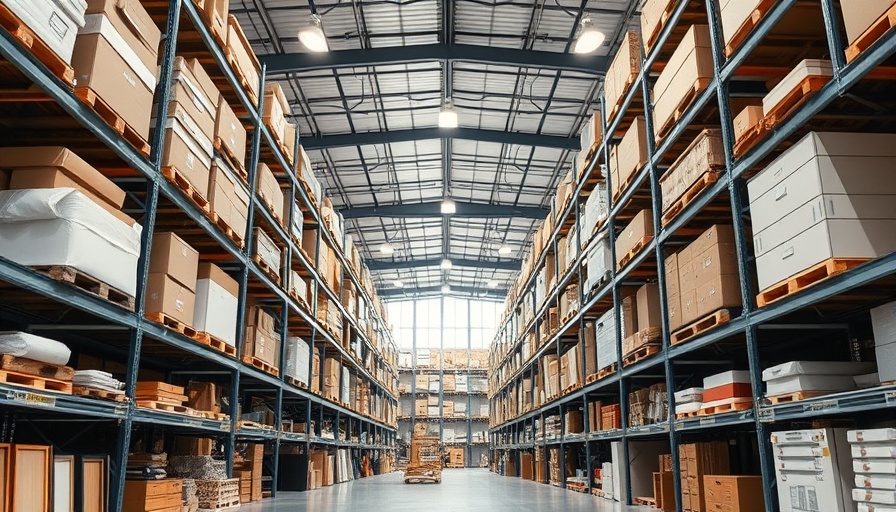
The Continuing Impact of New Tariffs on Furniture Retailers
As furniture retailers scramble to adapt to a rapidly changing economic landscape, the recent imposition of new tariffs has sent shockwaves through the industry. Despite their attempts to reshape supply chains and seek alternative sourcing options, many retailers are finding that their efforts have fallen short. This conundrum has brought about not only logistical challenges but also contributed to rising costs that could ultimately be passed down to consumers.
Supply Chain Strategies: Trying to Outsmart Tariffs
In anticipation of tariff hikes, many furniture retailers began exploring alternative supply chains, shifting focus to domestic sources or regions with more favorable trade agreements. The goal was clear: reduce reliance on imports from countries facing heavy tariffs. However, the complexities involved in establishing new supplier relationships and the time required for changes to take effect have meant that, for many, these strategies have not yielded the desired results.
The Chain Reaction: How Tariffs Affect Consumers and Businesses Alike
While it might seem that tariffs only impact retailers, the truth is far more intricate. The costs incurred by furniture sellers can spill over to consumers, manifesting in higher prices for household goods. As companies face squeezed profit margins, the expectation is that consumers will experience a more expensive shopping experience. This is particularly concerning in an economy already grappling with inflation, making essential items less affordable.
Global Supply Chain Challenges: A Wider Perspective
The challenges within the U.S. furniture sector are part of a broader conversation about global supply chains. Vanessa Ioannou, a supply chain analyst, indicates that businesses are now aware of their vulnerability to unexpected geopolitical shifts. “This situation emphasizes the necessity for flexibility within supply chains,” says Ioannou. As other industries also face similar issues due to tariffs, the question remains: how should businesses recalibrate?
Future Trends: Adapt or Fall Behind
Looking ahead, retailers will have to continue evolving their strategies in order to adapt to a landscape marked by frequent changes in trade policies. Building resilience into supply chains will be vital. Trends suggest that companies may rely more heavily on technology, integrating supply chain management systems that allow for quicker responses to changes in tariffs or supply disruptions.
Understanding the Bigger Picture: The Role of Economic Policy
The ongoing saga of tariffs on furniture and other goods illustrates how interconnected our global economy is. Decisions made at the highest levels of government can create ripples that affect everyday consumers. As economic policies shift, stakeholders both inside and outside the furniture industry will need to remain vigilant, learning from the nuances and complexities of current events that shape their operations.
Conclusion: What Lies Ahead for the Furniture Industry
In a world that is constantly changing, furniture retailers face a unique set of challenges due to new tariffs and shifting supply chains. As they seek to find solutions to these hurdles, all stakeholders—from suppliers to consumers—will bear witness to the direct impacts. Understanding these dynamics is crucial, as it prepares us for the possibilities that lie ahead in the thriving world of furniture retail.
 Add Row
Add Row 
 Add
Add 


 Add Row
Add Row 
 Add
Add
Write A Comment